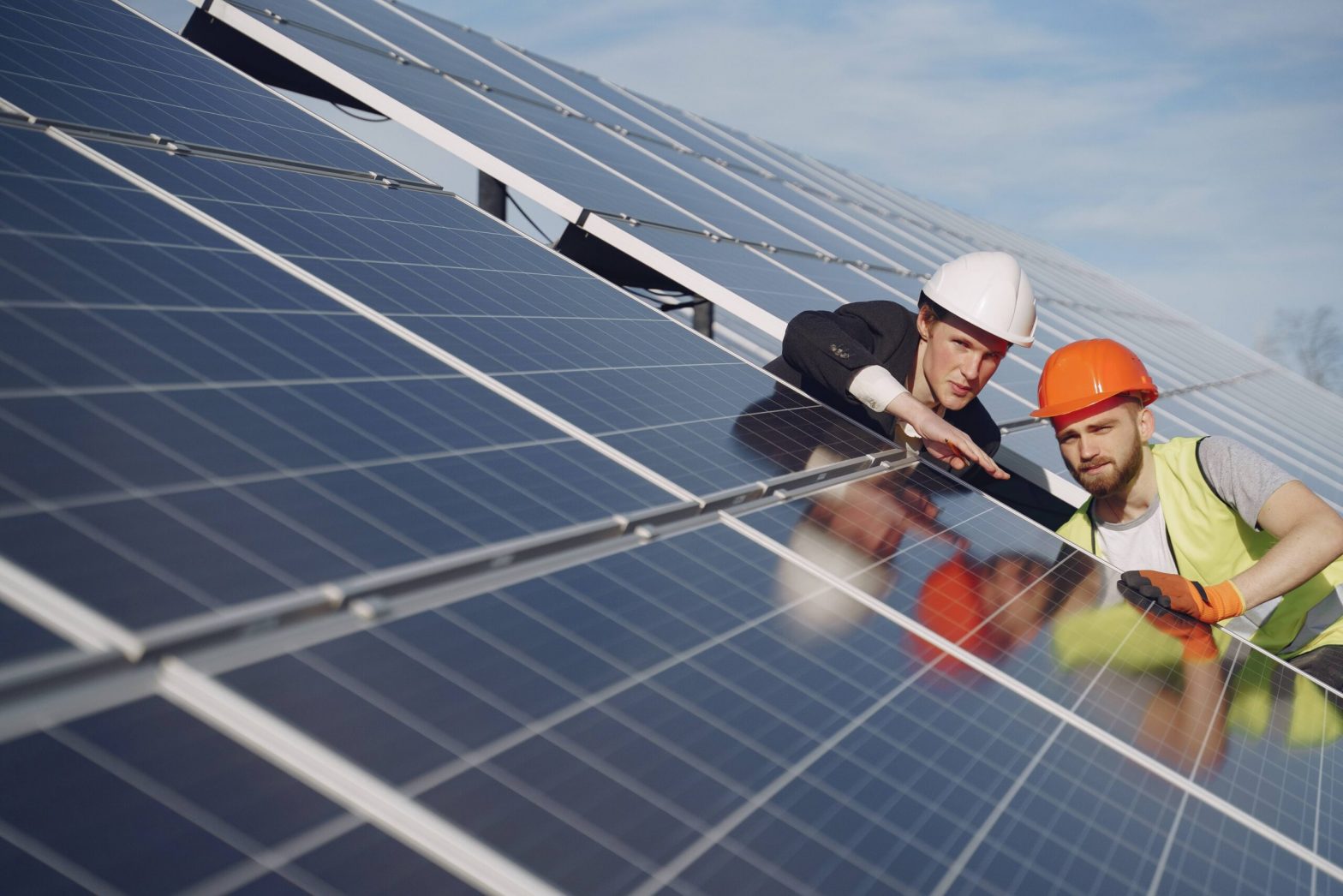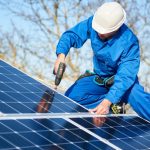The most effective way to begin with energy-saving changes is to support renewable energy through investments or install energy-efficient equipment at work and home.
Heating or Cooling
For businesses and homes, a considerable amount of their energy expenditure is from heating or cooling. Therefore, utilizing energy-efficient devices will help them save on monthly bills. Below are some examples:
- Ductless AC – moves cool or warm air without using ductwork. For efficiency, try using a heat pump with at least a 10 HSPF rating.
- Fans – circulating fans, such as whole-house fans, oscillating fans, and ceiling fans, can cool your office or home without consuming much energy. Don’t forget to turn off fans when not in use. For an energy-efficient fan, look for ones that are rated by ENERGY STAR.
Renewable Energy
Investing your money in renewable energy solutions at home or work reduces energy bills and carbon footprint. Below are some examples:
- Solar PV (Photovoltaic) – PV systems convert the sun’s energy into electricity. These systems are generally connected to utility-provided services. Others have battery storage that is capable of running without a utility connection. For efficiency, install PV systems with a minimum of 75% TSRF (Total Solar Resource Fraction).
- Solar Heating – water heating devices use rooftop solar to raise water temperature. It is connected to a storage tank heater, making hot water available all the time. If you seek efficiency, your system must have at least 75% TSRF.
Other Equipment
Other energy-saving devices, such as electric vehicles, appliances, and windows, can reduce your energy expenses.



